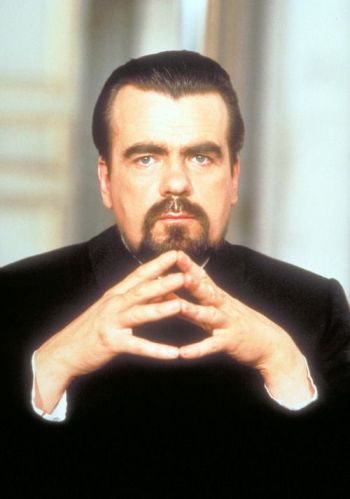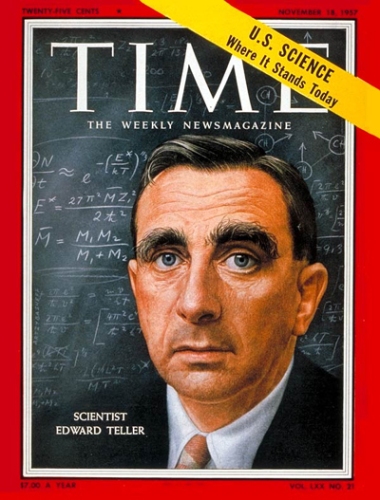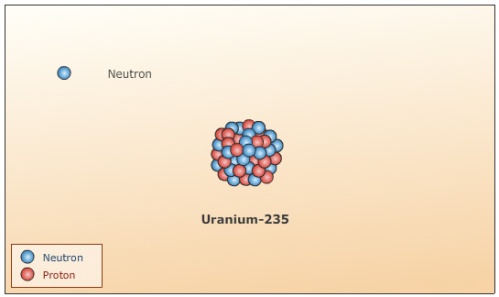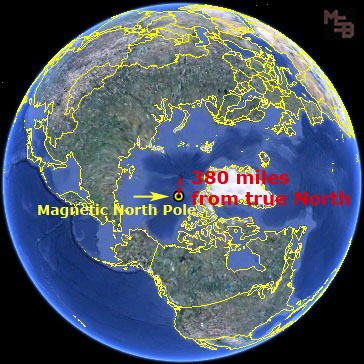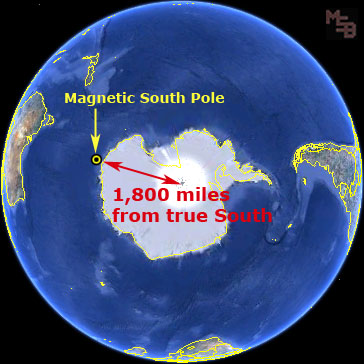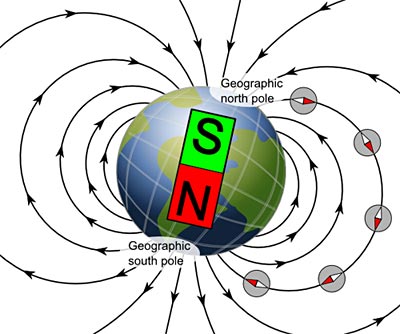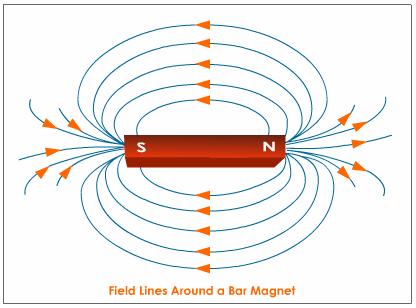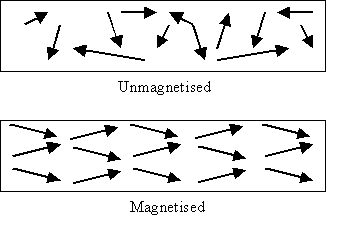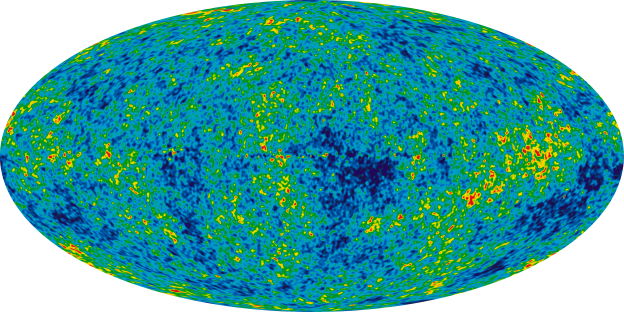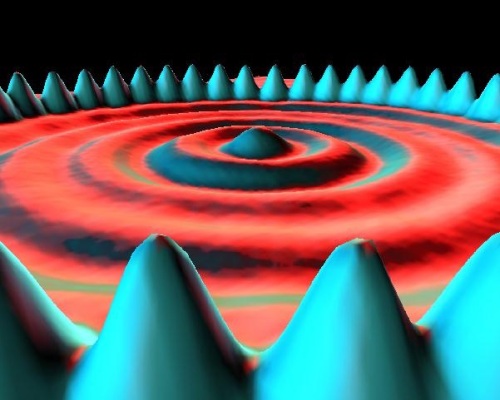Sun worship is at least as old as the Great Pyramids. It’s tough to trace the development of sun deities in Egypt and other ancient cultures, and it’s even more difficult to say for certain how sun worship continues to influence modern theology, and science. Here is one of many possible depictions of Ra–apparently, the first Ancient Egyptian sun god:

At some point, Ra combined with the sky god Horus:

Pharaoh Akhenaten tried to streamline the Egyptian pantheon to a single god, Aten:

Akhenaten was King Tut’s father. Akhenaten attempted what appears to be a revolutionary theological simplification; he even moved the ancient Egyptian capital to facilitate a complete cultural transformation. Akhenaten failed to convince his people of the need to abandon all the other deities, and after his reign, Ancient Egypt returned to a more traditional pantheon.
Sun worship wasn’t confined to the fertile crescent: Spanish conquistadors found the Aztecs paying homage their version of the sun god, Huizilopochtli. The Aztecs practiced mass human sacrifice on the conquered tribes that circumscribed their borders. It seems Huizilopochtli had a flair for ornamental fashion:

The Aztecs apparently believed Huizilopochtli died each day at sunset evidenced by the blood stained western sky. Huizilopochtli needed large volumes of human blood to facilitate his rebirth the following morning. This is one of the more interesting theologies I’ve encountered during my slapdash study of religion, archaic and modern. Unfortunately, it’s also the most frightening:

Modern science confirms the importance of the sun. Our star makes up over 99% of the solar system’s mass. Earth’s free energy is based on photosynthesis. The calories that power human activity, initially made an eight minute journey across the vacuum of space as photons (particles of light), and then, plants converted the light into more usable energy. Eventually, that energy worked it’s way up through the food chain.
What is the sun, scientifically? The sun is one of billions of stars in our galaxy, The Milky Way. Our galaxy is one of billions in the universe. There are approximately a billion trillion (1,000,000,000,000,000,000,000) stars in the universe. Many are similar to our sun; most are different. All stars are similar in one way: They fuse hydrogen atoms to generate even more energy; immense quantities of heat energy raise the temperature and push together hydrogen atoms.
Most observable mass in the universe is concentrated in nuclei. Hydrogen is the most common type of atom; a large portion of the universe’s mass looks something like this hydrogen atom:

Actually, it doesn’t really look anything like that, but it’s a great model that helps us predict how hydrogen behaves, which is a primary goal of science.
If we add a lot of energy to a large concentration of hydrogen, the electrons escape the nuclei creating a mixture of charged particles, positive and negative, called plasma. It’s important to recognize that a hydrogen nucleus and a proton are essentially the same thing. There are other possible nuclear arrangements for hydrogen; we call them isotopes, but most hydrogen is protium.

It’s common for hydrogen to concentrate at distant intervals in space and time. As hydrogen concentrations grow under gravitational pressure, their temperatures increase. Temperature is a measure of how fast the particles move in a substance. (The specifically correct definition of temperature is a measure of the average kinetic energy of the molecules of a substance, but that’s not important to discuss here.)
Protons, like all charged particles, repel other particles, or groups of particles, with positive charge. Protons exert forces on each other that keep them from “touching”each other. As the protons move faster and faster, they get closer and closer. Eventually, they move so fast that they “touch”.
Protons and neutrons inhabit the nucleus, so they are termed nucleons. Nucleons have a kind of velcro covering their surface. Do nucleons really have velcro on them? No. Nucleons don’t have surfaces the way we experience them with our senses. We’re constructing a model that will help us predict behaviors of small unseeable things, not to paint a perfect picture of subatomic particles.
The mythical velcro on nucleons creates strong attachments to other velcro covered things. The velcro represents a phenomenon called strong nuclear force (SNF). Strong as SNF may be, it has a profound weakness: like velcro, SNF has minimal reach, it only acts on other nucleons, and those nucleons must be very close. Once SNF is in play, it’s about 100 times stronger than the electro-repulsion, so it’s possible to build some rather large and complicated nuclei. SNF attracts all nucleons. Here is an image of the largest naturally occurring nucleus, Uranium-238:

The weirdest thing about nucleons is that their mass changes depending on how many there are and what kind of nucleons are near. If we could–we can’t, by the way–break apart the Uranium nucleus into its 238 nucleons, they would add to a different, higher total mass. It seems this would allow the creation or destruction of mass, but it doesn’t because we know, thanks to Einstein, energy and matter are interchangeable. If there is less mass after the nucleon dispersal, then a commensurate amount of energy took its place. Mass increases require the addition of energy.
The mass of two isolated deuterium (see hydrogen isotope images above) nuclei have more mass of the same four nucleons in a helium nucleus:

That means if we push two deuteriums together, energy is created to compensate for the mass lost. We can calculate the precise amount of energy released using the famous formula, E=mc². Take mass and multiply it by the speed of light, and then multiply that product by the speed of light again. Since the speed of light is a large quantity, a small amount of mass equates with much more energy.
It all sounds simple but the trick is getting enough heat energy to raise the deuterium temperature high enough so the hydrogen nuclei can get close enough for SNF to take over. That why it’s called a thermonuclear fusion; thermo means heat.
Fusion creates the tremendous release of energy in a hydrogen bomb.

That’s not a setting sun, it’s a hydrogen bomb’s rising fireball. Scientifically speaking, a hydrogen bomb is a man-made star.
Here is a video of the history’s largest artificial release of energy. The Soviet Union detonated the Tsar Bomba on October 30, 1961.
This post is the last of a three-part series; here are links the two preceding posts: The Atom Bomb Goes Nuclear; Doomsday Machines.
